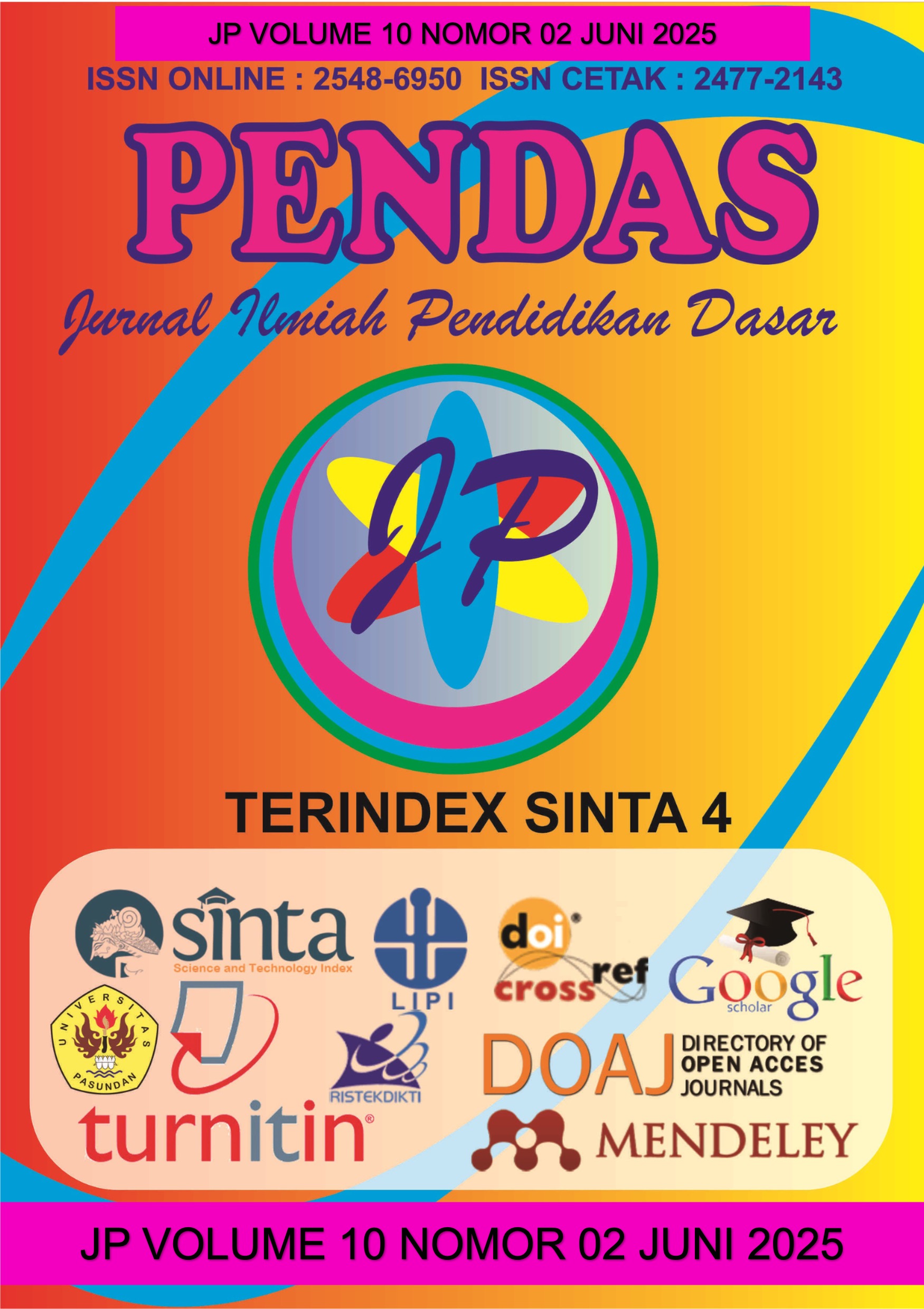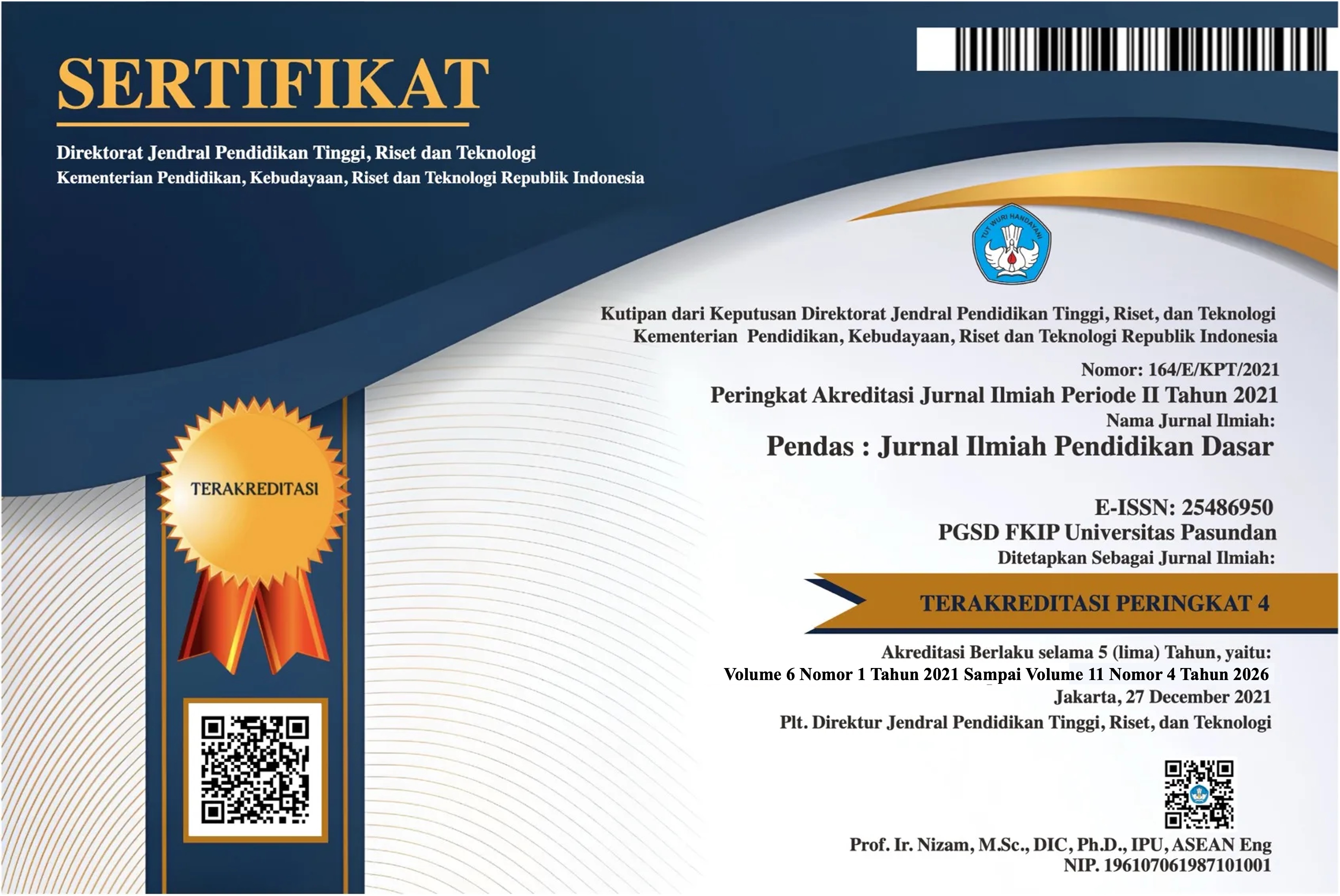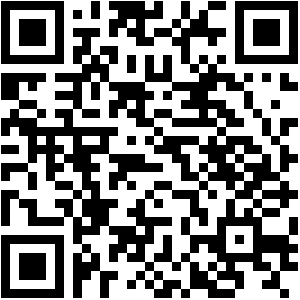PENGARUH GAYA BELAJAR TERHADAP HASIL BELAJAR BAHASA INDONESIA SISWA KELAS V
DOI:
https://doi.org/10.23969/jp.v10i02.26753Keywords:
learning styles, visual, auditory, kinesthetic, learning outcomesAbstract
This study aims to analyze the influence of visual, auditory, and kinesthetic learning styles on the Indonesian language learning outcomes of fifth-grade students at SD Negeri 01 Wonogiri. The background of this research is based on the low literacy achievement of students, as reflected in the National Education Report. One of the contributing factors to this condition is the lack of attention to the diversity of students’ learning styles. This research employs a quantitative approach with a survey method and applies regression analysis techniques to examine the relationships among variables. The subjects of the study were fifth-grade students at SD Negeri 01 Wonogiri. The findings reveal that visual, auditory, and kinesthetic learning styles have a significant influence on students’ Indonesian language learning outcomes, both partially and simultaneously. The implications of this study highlight the urgency of implementing varied and adaptive teaching strategies to accommodate differences in students’ learning styles and to promote more optimal learning outcomes.
Downloads
References
disjam, A., & Saparia, A. (2023). Penerapan pembelajaran diferensiasi mengoptimalkan minat dan bakat murid dalam pembelajaran pjok smp al azhar mandiri palu. Multilateral : Jurnal Pendidikan Jasmani Dan Olahraga, 22(4), 54. https://doi.org/10.20527/multilateral.v22i4.16571
Amalia, A., Ardhani, K., Wulandari, M., & Novitasari, M. (2025). 1 2 3 4. 10, 1764–1775.
Atikah, I., Fauzi, M. A. R., & Firmansyah, R. (2023). Penerapan Strategi Diferensiasi Konten dan Proses Pada Gaya Belajar Berbasis Model Problem Based Learning. Pubmedia Jurnal Penelitian Tindakan Kelas Indonesia, 1(2), 11. https://doi.org/10.47134/ptk.v1i2.57
Batubara, I. H., Wandin, R. R., & Pohan, N. A. (2023). Gaya Belajar Siswa SD/MI Kelas Tinggi. Innovative: Journal of Social Science Research, 3(3), 7061–7067. https://j-innovative.org/index.php/Innovative/article/view/2348
Cicilia, Y., & Nursalim. (2023). Gaya Dan Strategi Belajar Bahasa. Jurnal Pelita Ilmu Pendidikan, 1(1), 20–28. https://doi.org/10.69688/jpip.v1i1.5
Dewi, K., Sulianto, J., & Reffiane, F. (2023). Analisis Gaya Belajar Peserta Didik Pada Pembelajaran Ipas Kelas Iv Di Sd Negeri Gajahmungkur 04 Semarang. Didaktik : Jurnal Ilmiah PGSD STKIP Subang, 9(2), 3637–3646. https://doi.org/10.36989/didaktik.v9i2.1216
Fenny Rezki, Cyntia Cyntia, Ana Seftiana Zuhel, Akpal Pangestu, & Halwizal Zulkifli. (2022). Hubungan Gaya Belajar Visual, Auditori dan Kinestik Terhadap Peningkatan Kecerdasan Verbal-Linguistik. Inspirasi Dunia: Jurnal Riset Pendidikan Dan Bahasa, 2(1), 01–08. https://doi.org/10.58192/insdun.v2i1.401
Manjillatul Urba, Annisa Ramadhani, Arikah Putri Afriani, & Ade Suryanda. (2024). Generasi Z: Apa Gaya Belajar yang Ideal di Era Serba Digital? DIAJAR: Jurnal Pendidikan Dan Pembelajaran, 3(1), 50–56. https://doi.org/10.54259/diajar.v3i1.2265
Downloads
Published
Issue
Section
License
Copyright (c) 2025 Pendas : Jurnal Ilmiah Pendidikan Dasar

This work is licensed under a Creative Commons Attribution 4.0 International License.



















